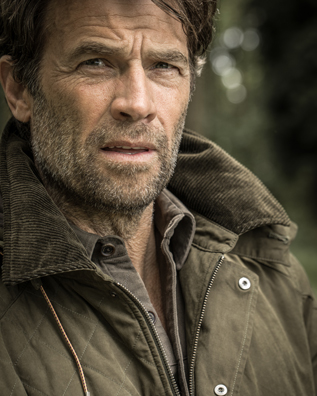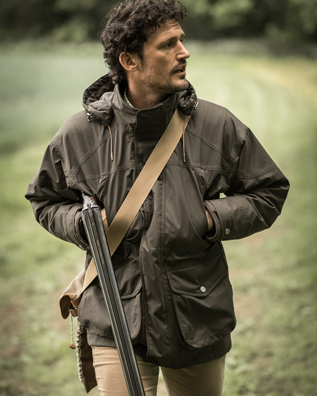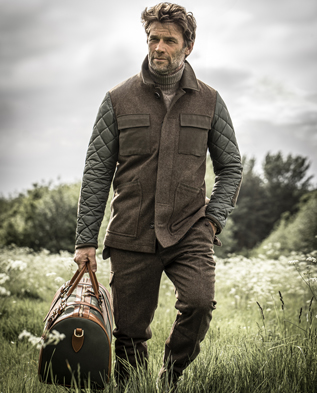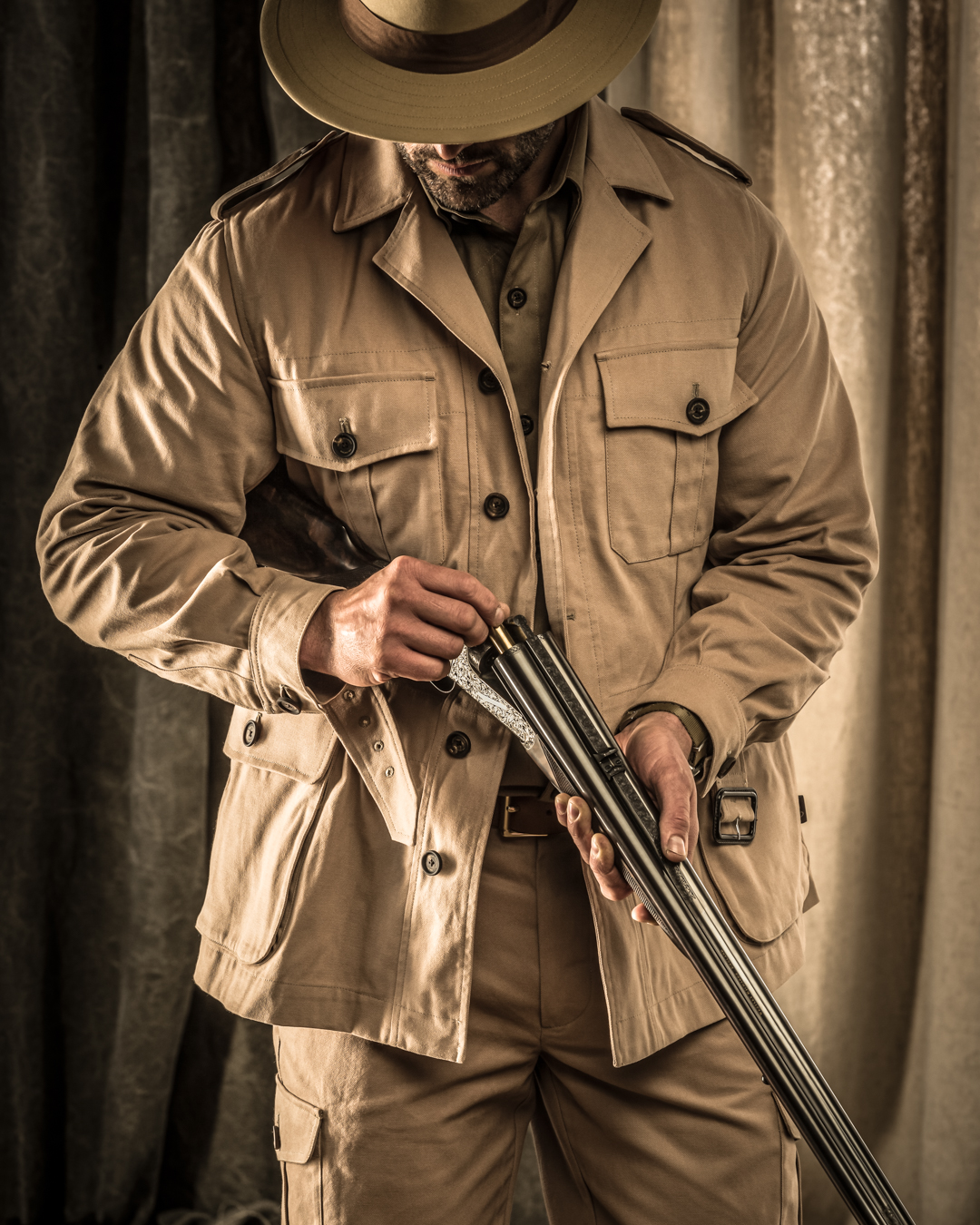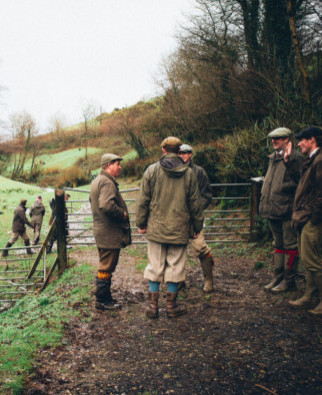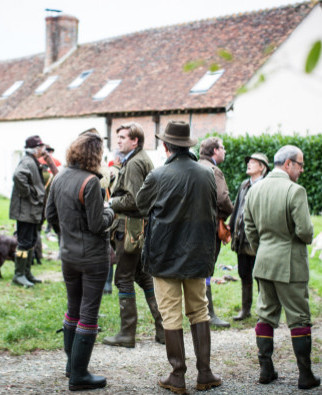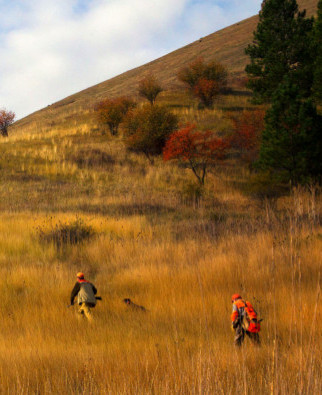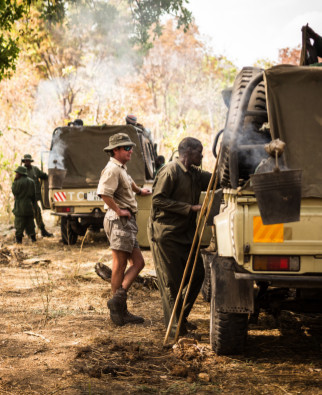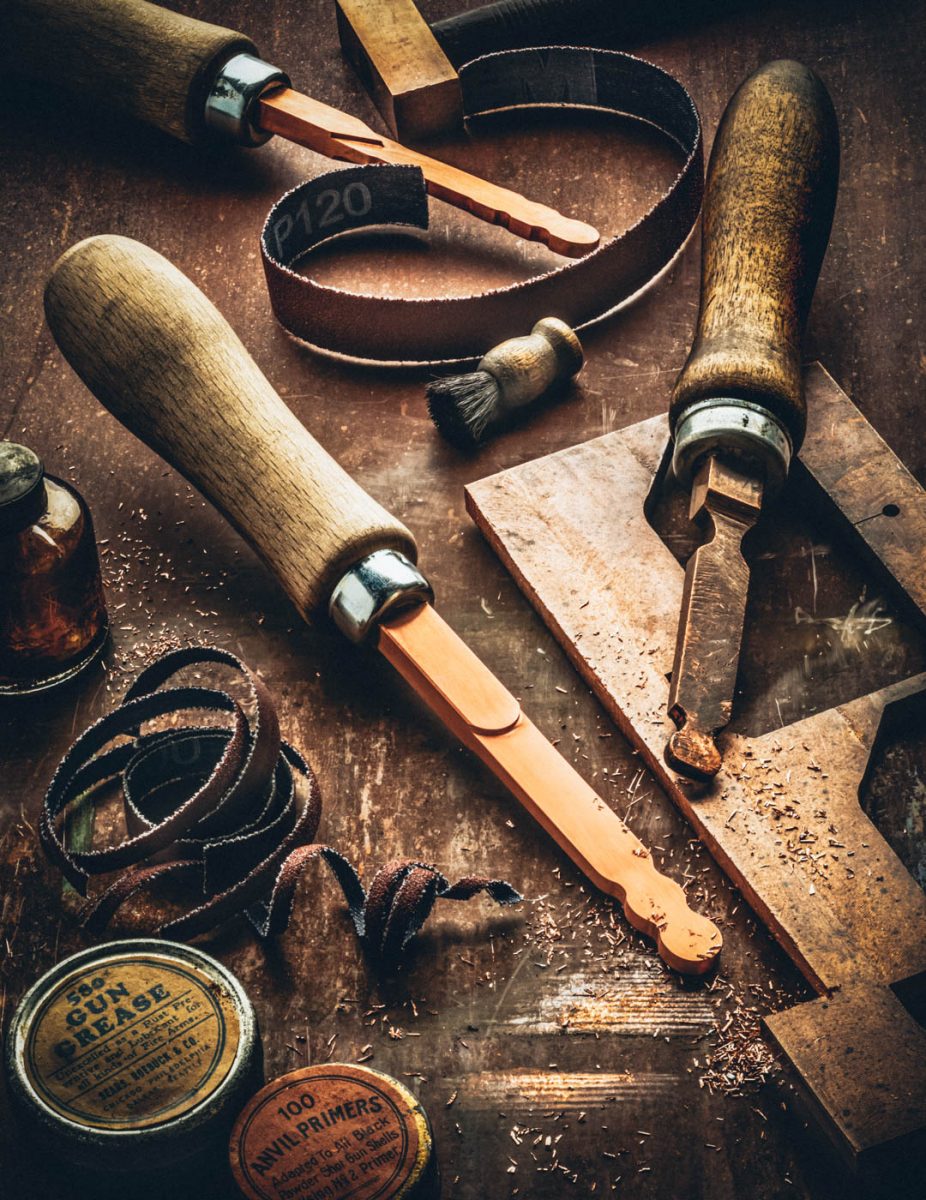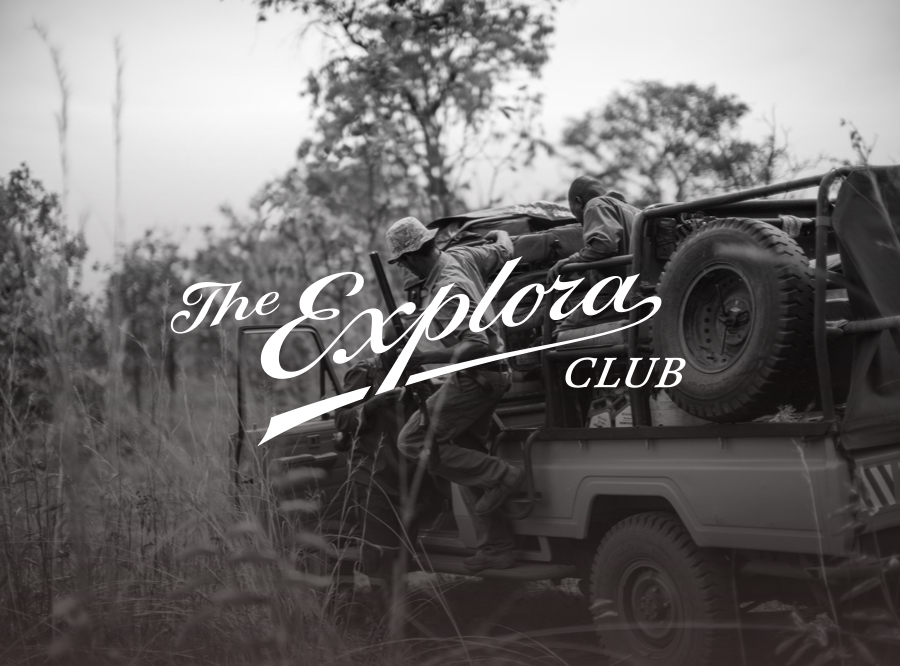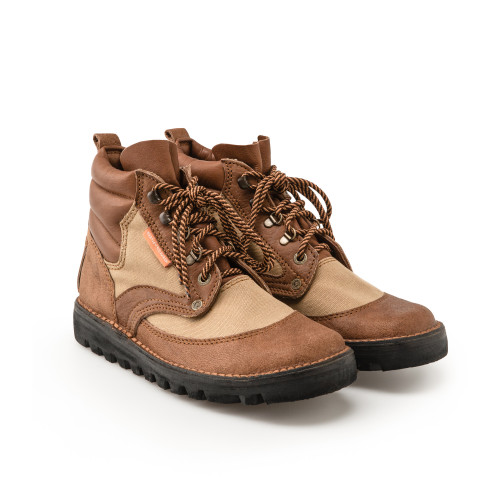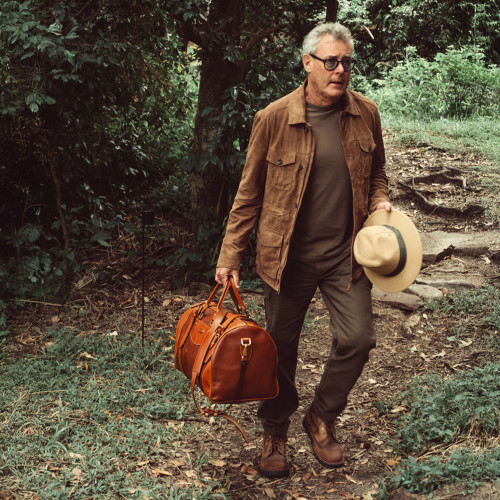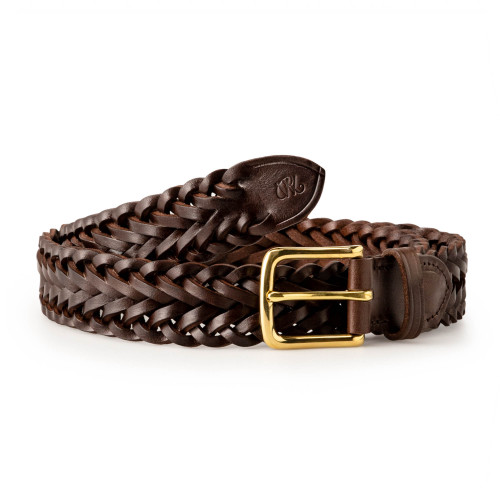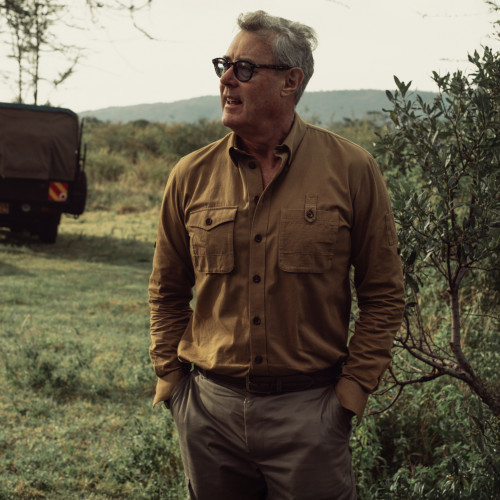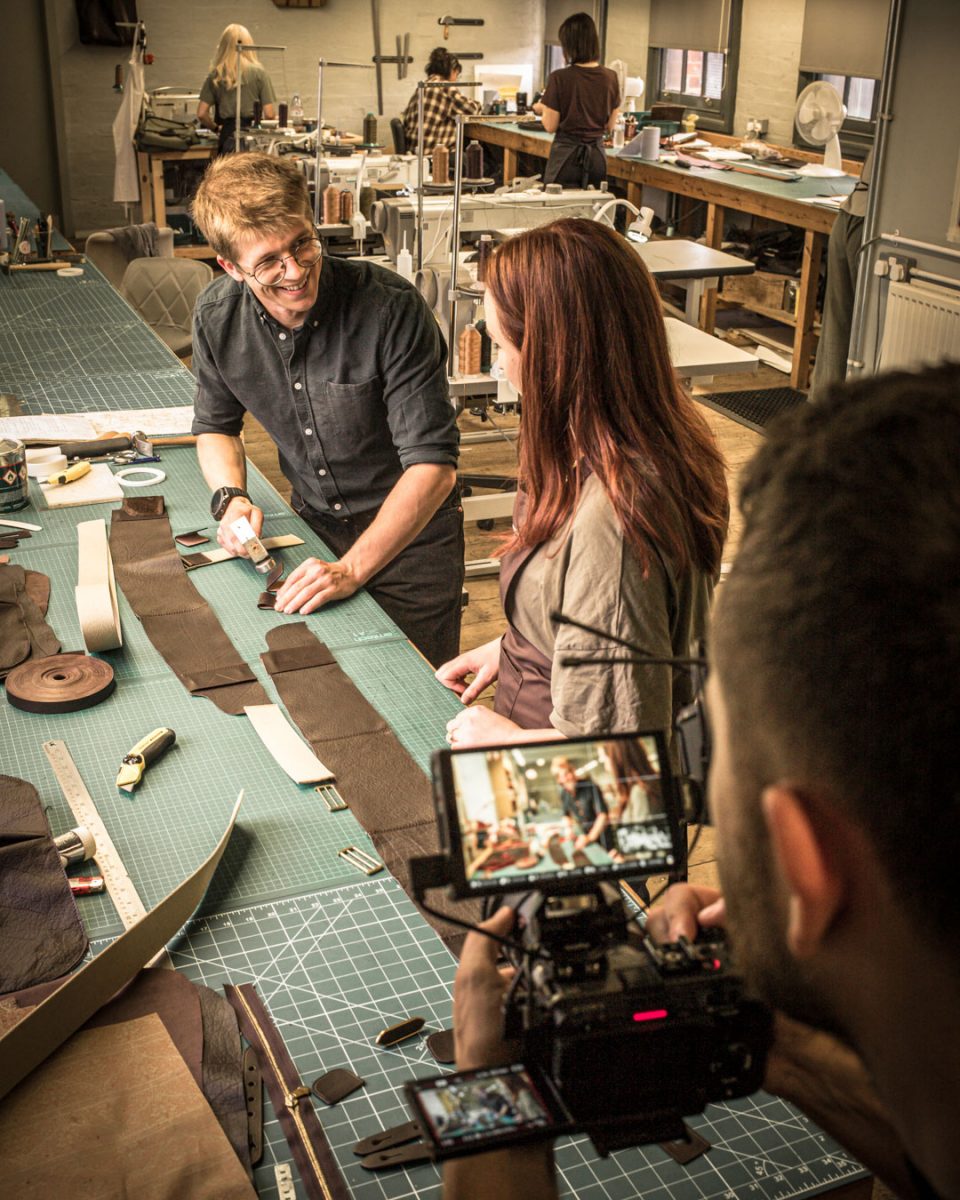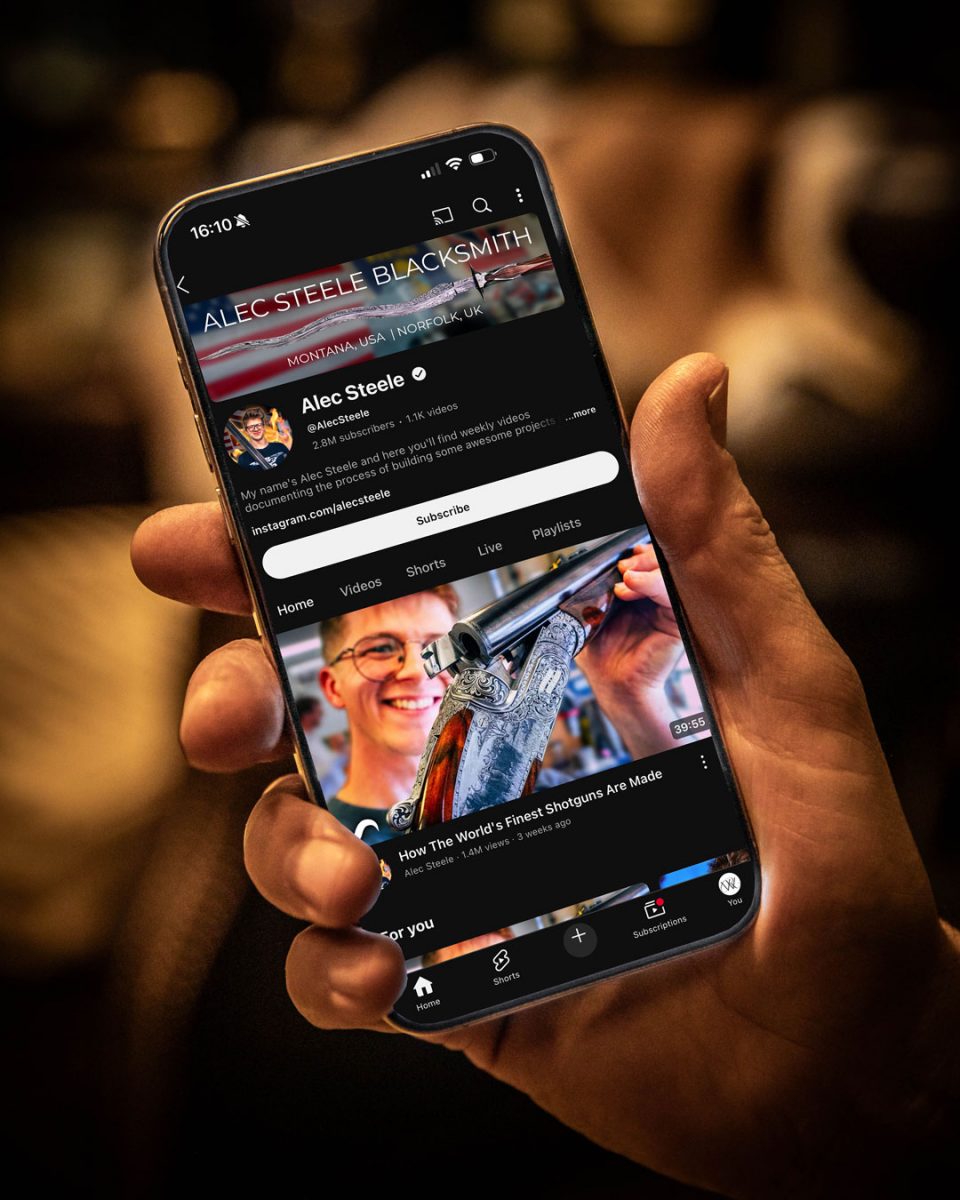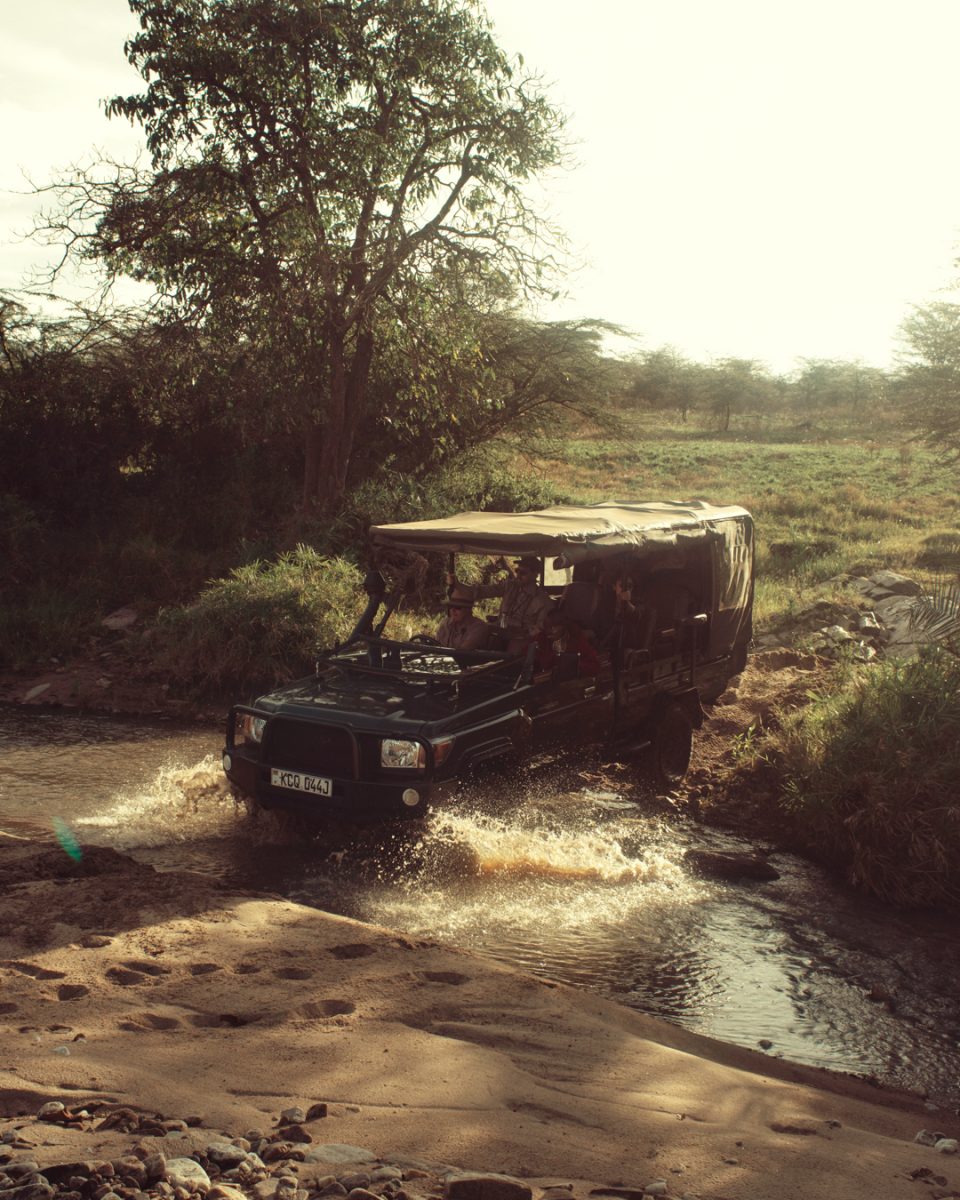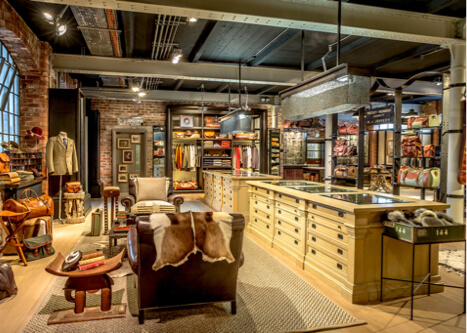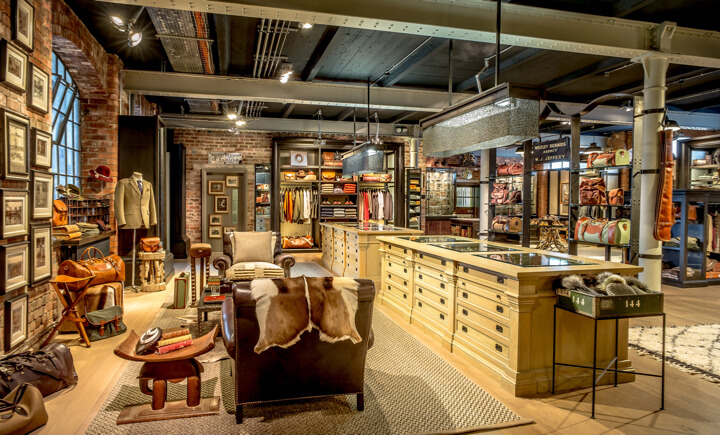The tool begins life as a piece of scrap copper bar from Westley Engineering. Copper is ideal because it is softer than the steel from which the gun actions and locks are made. It, will, therefore do no damage when pressed hard onto a steel surface.
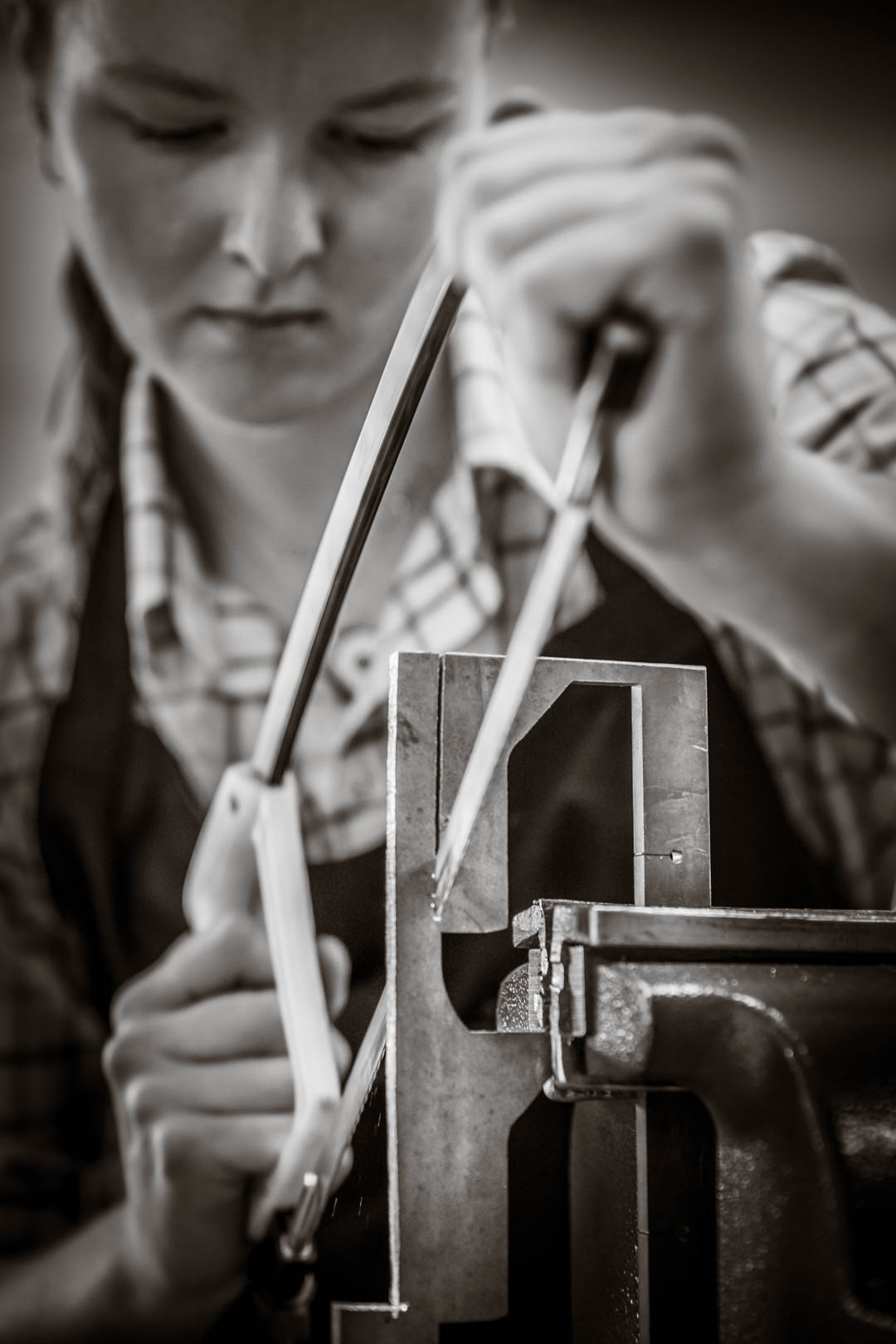
It appears almost like a small lollypop in profile, with a head-shaped end and a narrow ‘neck’ leading into sloping shoulders and a flat body, which ends in a rounded, wooden, file-handle.
Foreman Stuart Richards explains that apprentices are tasked with making their own re-cocking tool when they join Westley Richards and are instructed to make it sufficiently slim to be usable on our smallest action: the .410. If it fits into the slots of a .410 action, it will be effective on all others as well.
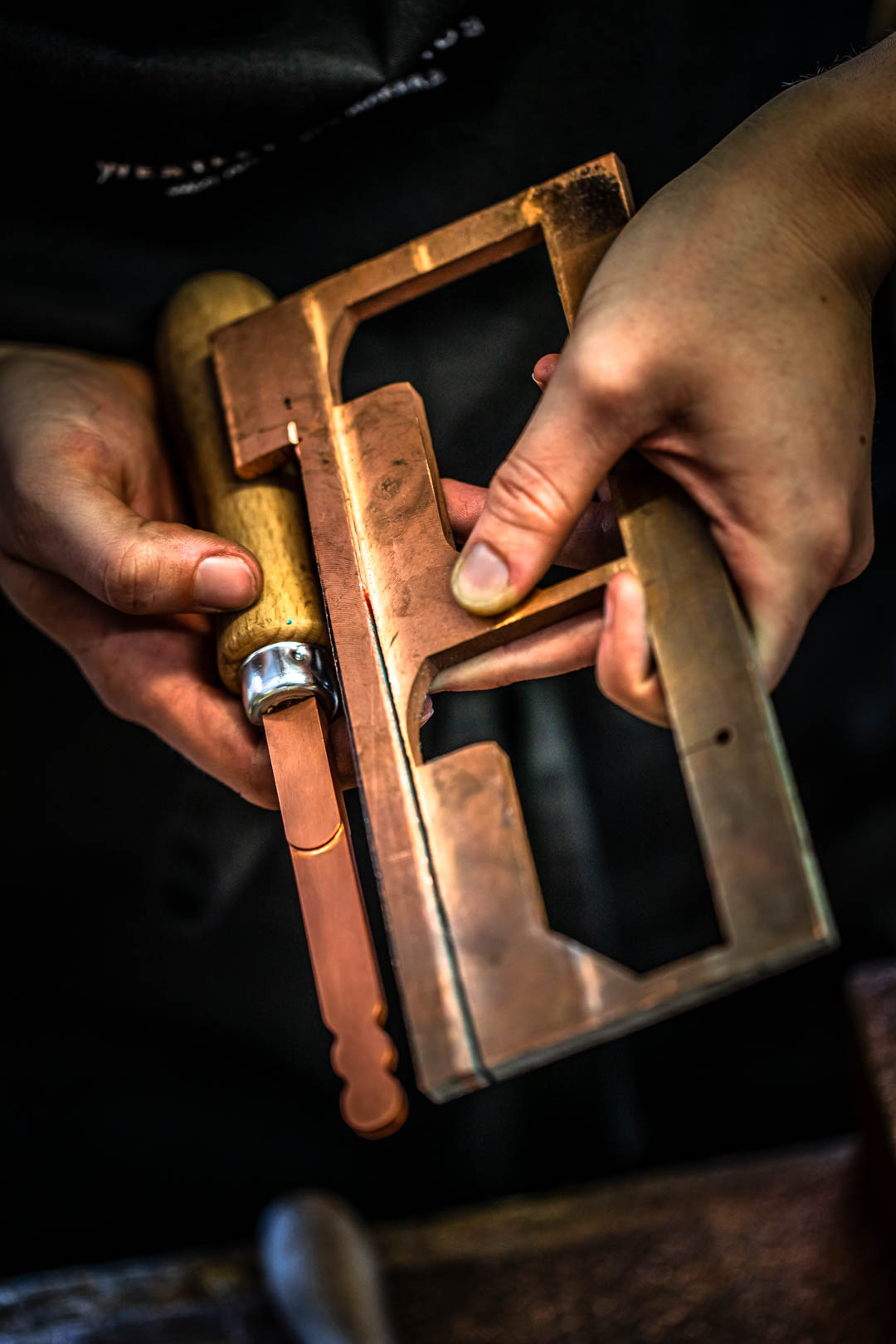
When assembling and testing the lockwork, the locks have to be fitted and fired repeatedly while being adjusted.
When the finished gun is assembled, the locks are cocked automatically by the falling of the barrels, which act on the cocking dogs. However, when the barrels are not attached, the locks need to be manually re-set.
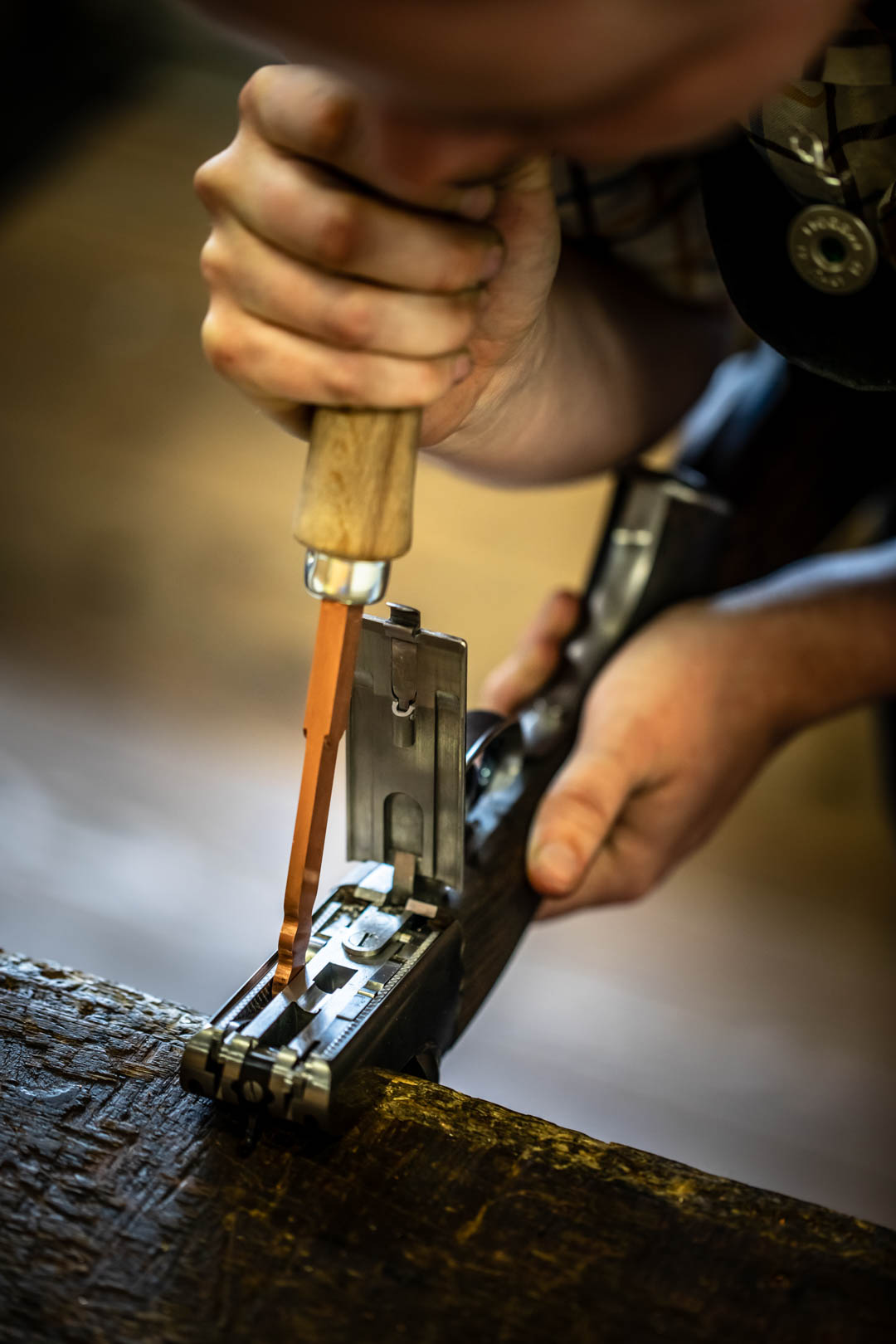
To do this, the gun-maker puts the action upside-down on the bench, opens the hinged floor-plate and places the doll’s-head-shaped end of the tool on the forward end of the tumbler (the piece which links with the internal end of the cocking dog). He then simply presses down firmly and the tumbler rotates on its axis, cocks, and is held in-place by the sear.
The lock can now be fired again and the process repeated as many times as necessary.
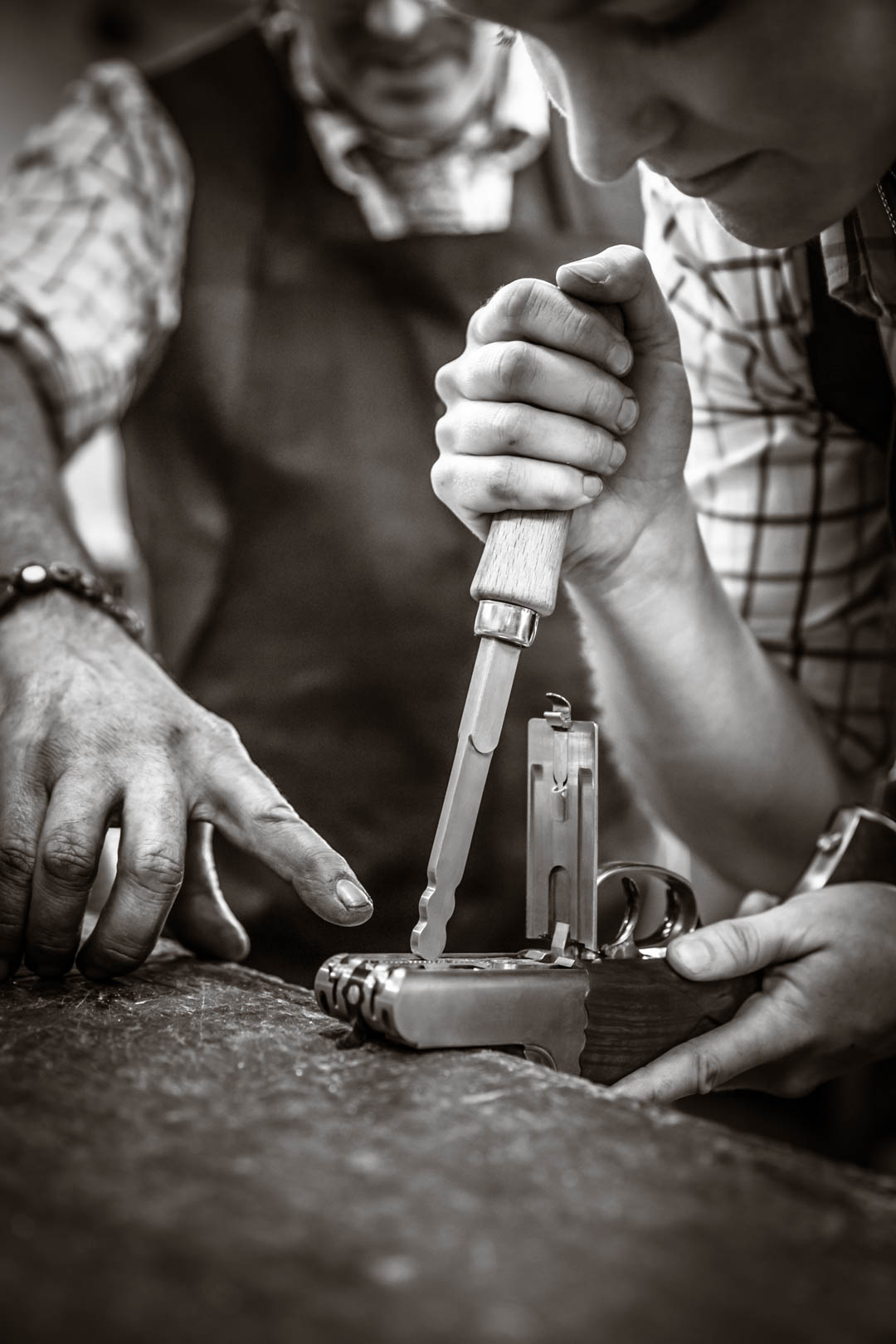
Readers may be wondering what effect all this dry firing of the locks without snap caps is doing to the tumbler. Have we not all been told repeatedly not to dry fire shogun in case we damage the tumblers or strikers?
Stuart explains why it is nothing to worry about. "It is perfectly safe to dry-fire a modern Westley Richards shotgun", he says. "We harden the breast of the tumbler, which comes into contact with the back of the action when it is fired, also the nose of the cocking limb and the bent. The rest, we anneal so it is softer but, therefore, less brittle. That way the shock of the abrupt stop when it is dry fired is negated".
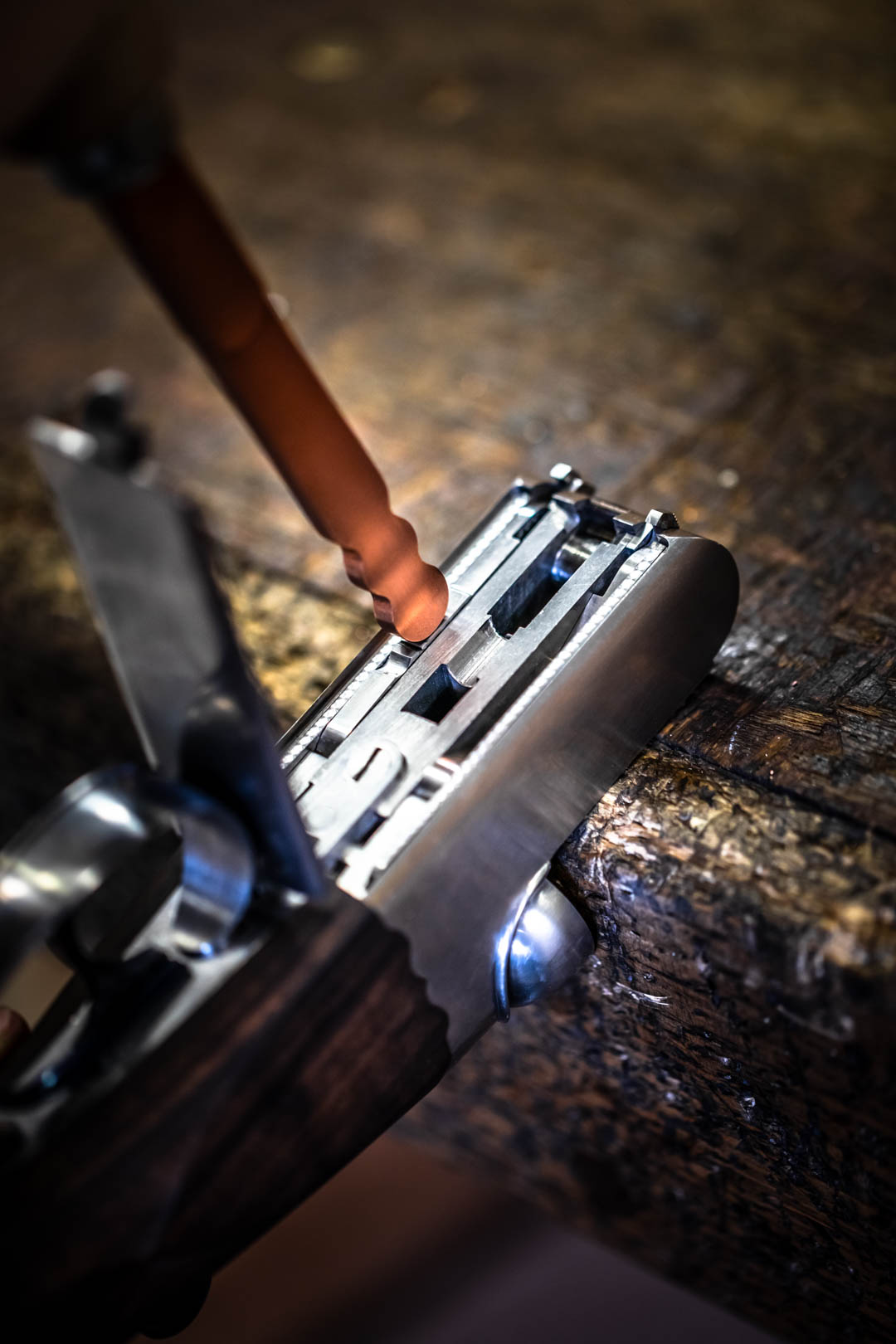
The shotgun tumbler and striker are integrated, with the nose being pointed and striking the cartridge cap through the striker hole. That nose is also annealed, so that it does not fracture or chip.
Double rifle strikers, by contrast, are separate, floating limbs, struck by a flat-nosed tumbler. Stuart has recently re-designed these to make them much more durable than traditional ones. He has replaced the old silver steel with tool steel and re-profiled the striker so that the striking tip is much more cone-shaped, with more girth where it meets the retaining base.
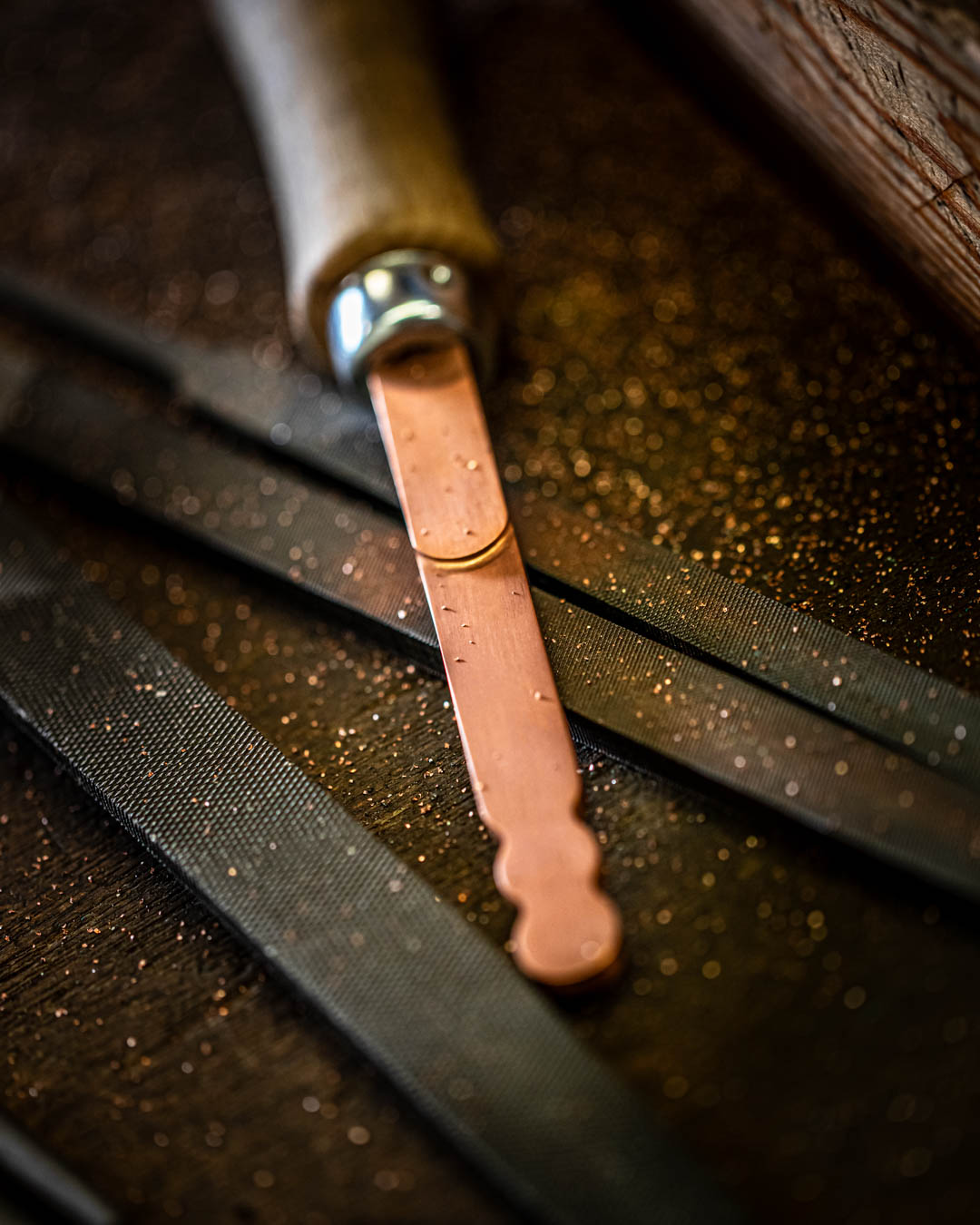
These rifles, he says, can be dry-fired without issue. When older rifles come in for servicing, Stuart now replaces the original strikers with his new design, as a matter of course. The only adjustment necessary is to the inner surface of the existing striker discs; an easy fix, using a special carbide-tipped tool Stuart has made for the job.
Westley Richards may be over two hundred years old but we are still innovating and refining every process that we undertake in our never-ending pursuit of the best gun.
Whether for the discerning collector or the avid sportsman, Westley Richards firearms represent the epitome of excellence in the world of bespoke gunmaking. Known for the droplock shotgun, over and under shotgun, double barrel rifle and bolt action rifle, the company has achieved an illustrious 200 year history of innovation, craftmanship and artistry. As part of our best gun build, clients can choose from three levels of gun engraving: the house scroll; signature game scenes; and exhibition grade masterpieces. All Westley Richards sporting arms are built at their factory in Birmingham, England. Discover more about the gunmaking journey at our custom rifles and bespoke guns pages.
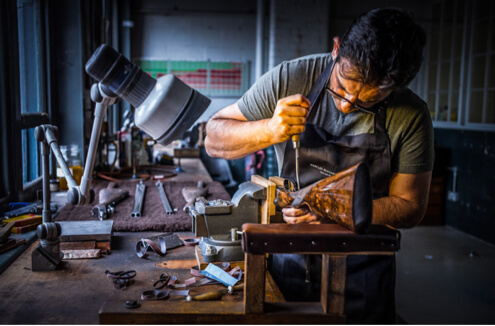
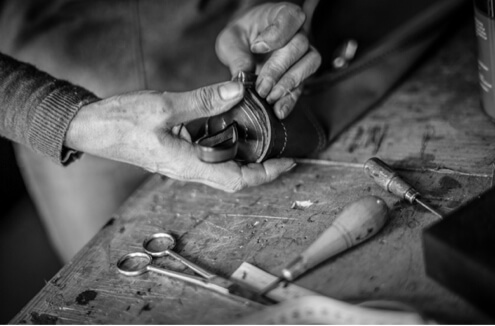
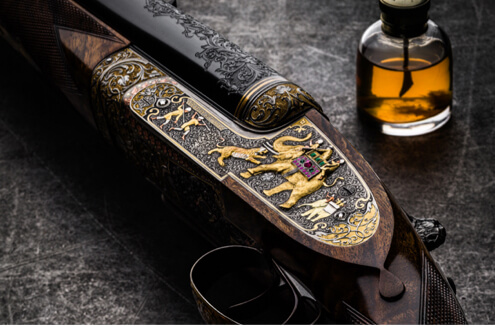
 Enquire
Enquire